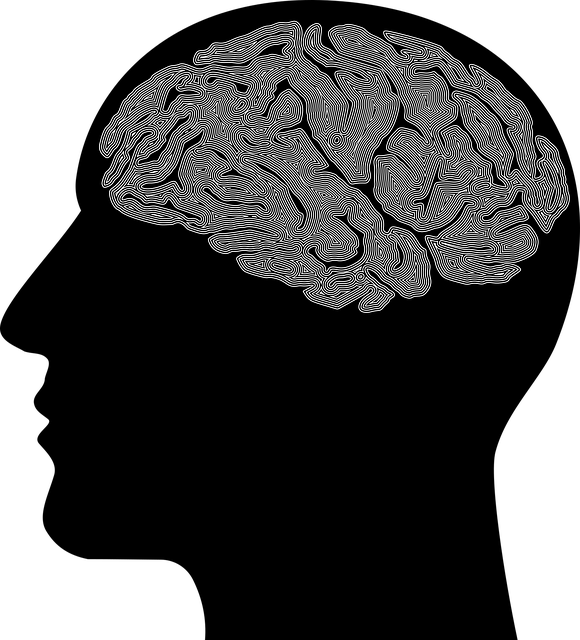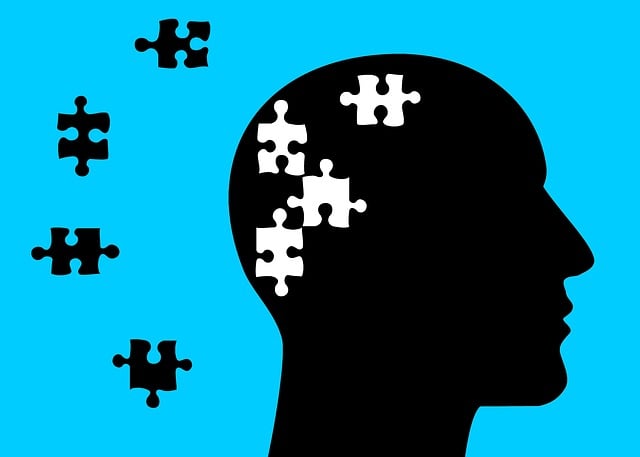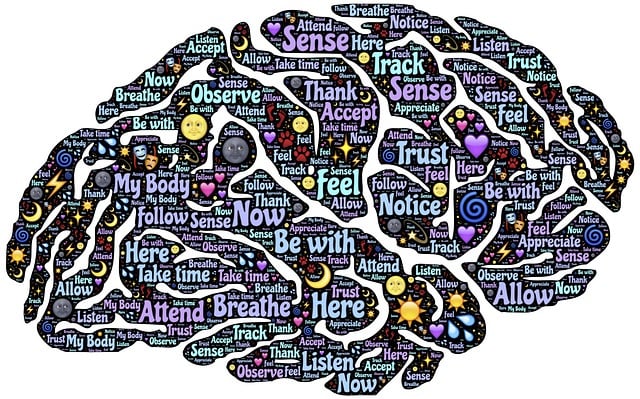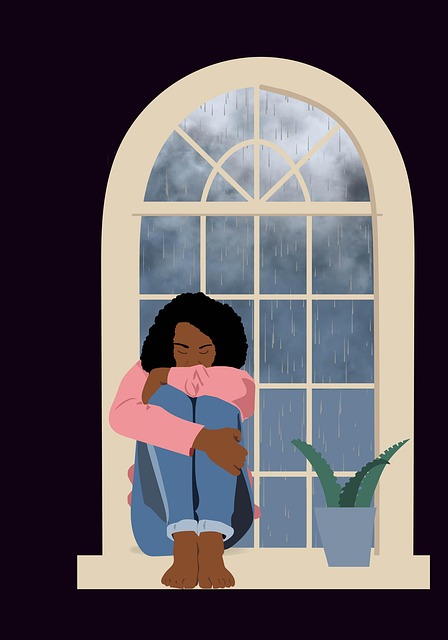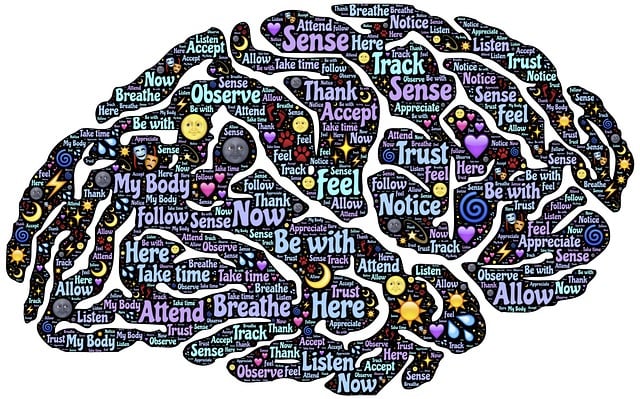The media significantly shapes public opinion on mental health, particularly drug abuse in children. Accurate depictions promote understanding and reduce stigma, while stereotypes isolate affected individuals. Responsible storytelling can encourage therapy for young children by normalizing conversations about mental wellness, emphasizing hope, and raising awareness of effective treatments like cognitive-behavioral therapy. Interactive media formats, such as journaling and educational videos, teach coping strategies, foster healthier mindsets, and contribute to long-term resilience in addressing drug abuse and substance abuse among younger audiences.
Mental illness representation in media significantly influences public perception and understanding of mental health. This article explores strategies to enhance mental health awareness through positive media portrayals, focusing on challenging stigma associated with drug abuse among children and adolescents. We discuss effective solutions, such as incorporating therapy into engaging media content tailored for younger audiences, as a game-changer in addressing sensitive issues like substance abuse. By harnessing the power of media, we can foster empathy, reduce prejudice, and encourage help-seeking behaviors, ultimately promoting mental well-being.
- Understanding the Impact of Media Portrayal on Mental Health Awareness
- Strategies for Positive Change: Addressing Drug Abuse in Children through Media
- Creative Solutions: Incorporating Therapy into Media to Reach Younger Audiences
Understanding the Impact of Media Portrayal on Mental Health Awareness

The media’s portrayal of mental illness significantly influences public perception and understanding of these conditions. When depicted accurately, stories about individuals facing challenges like depression prevention, anxiety relief, or substance abuse can spark crucial conversations and encourage support for those seeking therapy for young children. Positive representations can dispel myths, reduce stigma, and inspire empathy, fostering a more inclusive society. Conversely, stereotypes and inaccurate portrayals risk exacerbating existing issues, leading to further isolation for affected individuals.
Media has the power to either promote awareness or perpetuate harmful narratives. Portrayals of drug abuse-substance abuse, for instance, can serve as powerful deterrents or motivational tools for help-seeking behaviors. By presenting diverse and nuanced stories that reflect the reality of mental health struggles, media platforms can contribute to developing inner strength in vulnerable individuals, ultimately challenging societal barriers and fostering a culture of care and understanding.
Strategies for Positive Change: Addressing Drug Abuse in Children through Media

Media has a significant impact on shaping societal perceptions, especially regarding mental health. When it comes to drug abuse in children, media can either perpetuate harmful stereotypes or offer valuable insights and solutions. Positive change begins with responsible storytelling that humanizes young individuals struggling with substance abuse while highlighting their potential for recovery.
By presenting realistic yet hopeful narratives, media can encourage open conversations about therapy for young children affected by drug abuse—substance abuse being a more generalized term that encompasses various forms of addiction. Through these stories, viewers can understand the importance of early intervention and access to evidence-based treatments like cognitive-behavioral therapy, which focuses on mood management, resilience building, and stress reduction methods.
Creative Solutions: Incorporating Therapy into Media to Reach Younger Audiences

Incorporating therapy into media content offers a creative solution to challenge the representation of mental illness, especially among younger audiences. This innovative approach leverages storytelling and engaging formats to introduce concepts like mental wellness journaling and stress reduction methods. By integrating these practices into captivating media experiences, creators can subtly encourage self-reflection, emotional awareness, and healthy coping strategies for issues such as drug abuse and substance abuse.
Targeting young children, this strategy employs interactive guidance from characters or narrators who model positive mental health habits. Through animated series, games, or educational videos, young viewers can learn about managing stress, building confidence, and seeking help when needed. Such initiatives not only foster a healthier mindset in the short term but also contribute to long-term resilience by normalizing open conversations about mental wellness.
Media has a significant impact on shaping societal perceptions, especially regarding mental health. By presenting accurate and sensitive representations of mental illness, we can foster understanding and reduce stigma. The strategies discussed, such as addressing drug abuse in children through media and incorporating therapy into content aimed at younger audiences, offer promising solutions. These creative approaches have the potential to reach and support vulnerable individuals, offering a new avenue for promoting mental well-being and guiding young minds towards healthier choices while seeking appropriate therapy for drug abuse or other substance-related issues.

